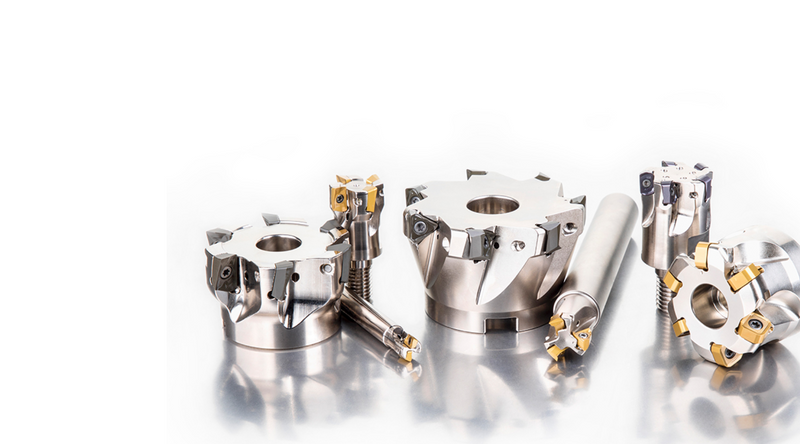Carbide cutting tools are essential components in precision machining processes, as they provide high performance and durability. In recent years, there have been significant innovations in carbide cutting tools that have further enhanced their efficiency and effectiveness. These advancements have revolutionized the way manufacturers approach machining operations, offering new opportunities for maximizing tool life and reducing downtime and costs.
Advanced Coatings for Improved Tool Life
One of the key innovations in carbide cutting tools is the development of advanced coatings. These coatings serve to protect the cutting edge from wear and heat, extending the tool life and improving overall performance. For example, the introduction of titanium nitride (TiN) coatings has significantly increased the hardness and wear resistance of carbide cutting tools, resulting in longer-lasting tools that maintain their sharpness over extended periods of use. Similarly, coatings such as titanium aluminum nitride (TiAlN) and chromium nitride (CrN) have also proven to be highly effective in increasing tool life and reducing friction during cutting operations.

Optimized Geometries for Enhanced Cutting Performance
Another important innovation in carbide cutting tools is the use of advanced geometries and designs. By optimizing the shape and angles of the cutting edges, manufacturers have been able to enhance the cutting performance and accuracy of carbide tools. For instance, the implementation of variable helix angles and chip breakers has been shown to improve chip evacuation and reduce the risk of tool breakage, particularly in high-speed machining applications. Additionally, the development of multi-flute designs and variable pitch geometries has allowed for more efficient material removal and improved surface finishes, further increasing the versatility and productivity of carbide cutting tools.
Advancements in Carbide Substrates
Furthermore, advancements in carbide substrates have also contributed to the overall performance of cutting tools. By utilizing ultra-fine grain carbide materials, manufacturers have been able to improve the toughness and thermal stability of cutting tools, making them more resistant to chipping and deformation during cutting operations. Additionally, the use of micro-grain carbide substrates has enabled higher cutting speeds and feeds, leading to faster machining cycles and reduced cycle times. These innovations in carbide substrates have paved the way for enhanced tool life and performance in a wide range of machining applications.

Conclusion
In conclusion, the innovations in carbide cutting tools have revolutionized precision machining processes, offering new possibilities for maximizing tool life, reducing downtime, and lowering costs. The advancements in coatings, geometries, and substrates have significantly improved the performance and efficiency of carbide tools, making them indispensable assets for manufacturers looking to optimize their machining operations. By staying abreast of the latest developments in carbide cutting tools, manufacturers can ensure that they are utilizing the most advanced and effective tools available, leading to improved productivity and profitability in their operations.